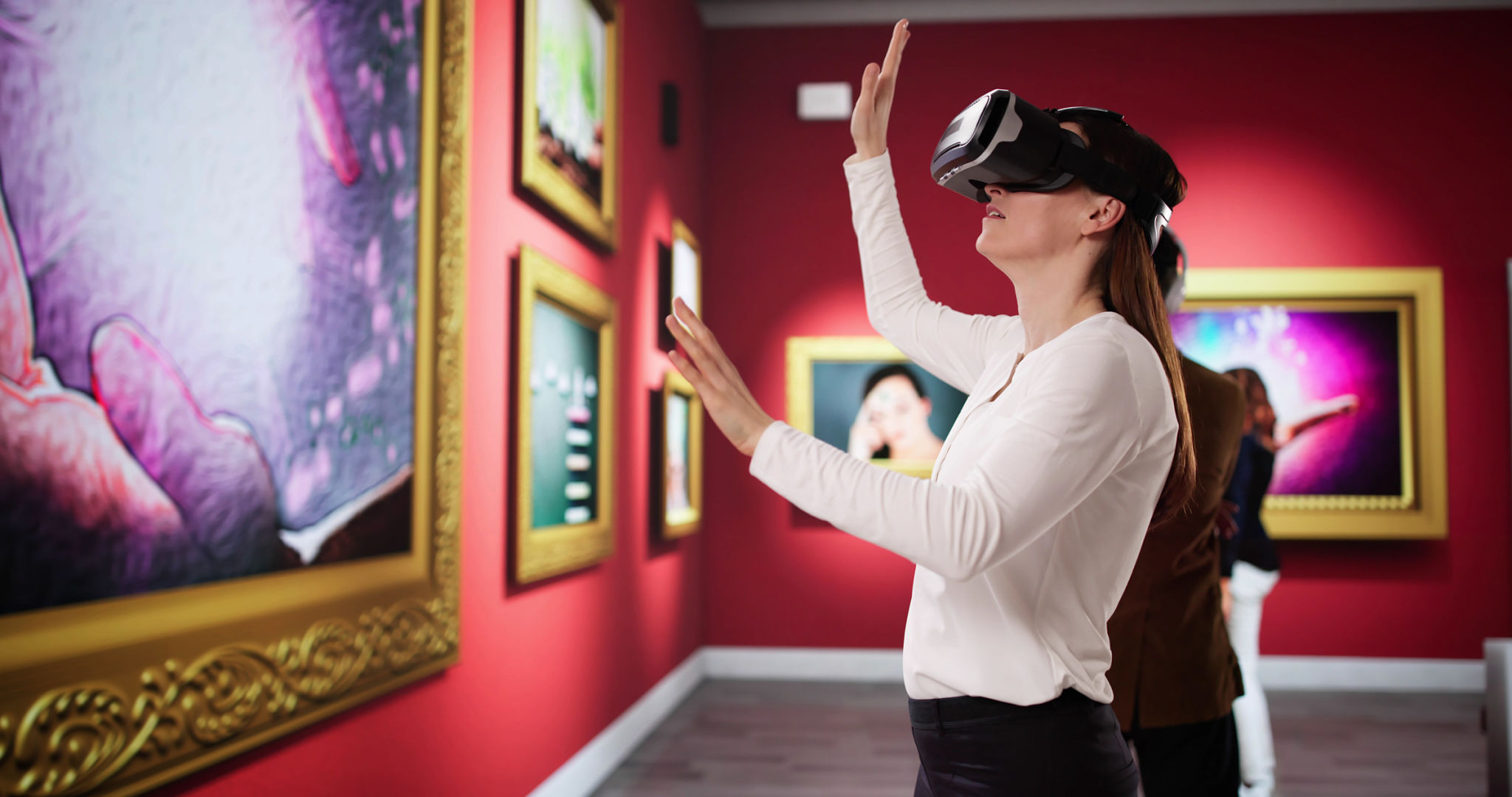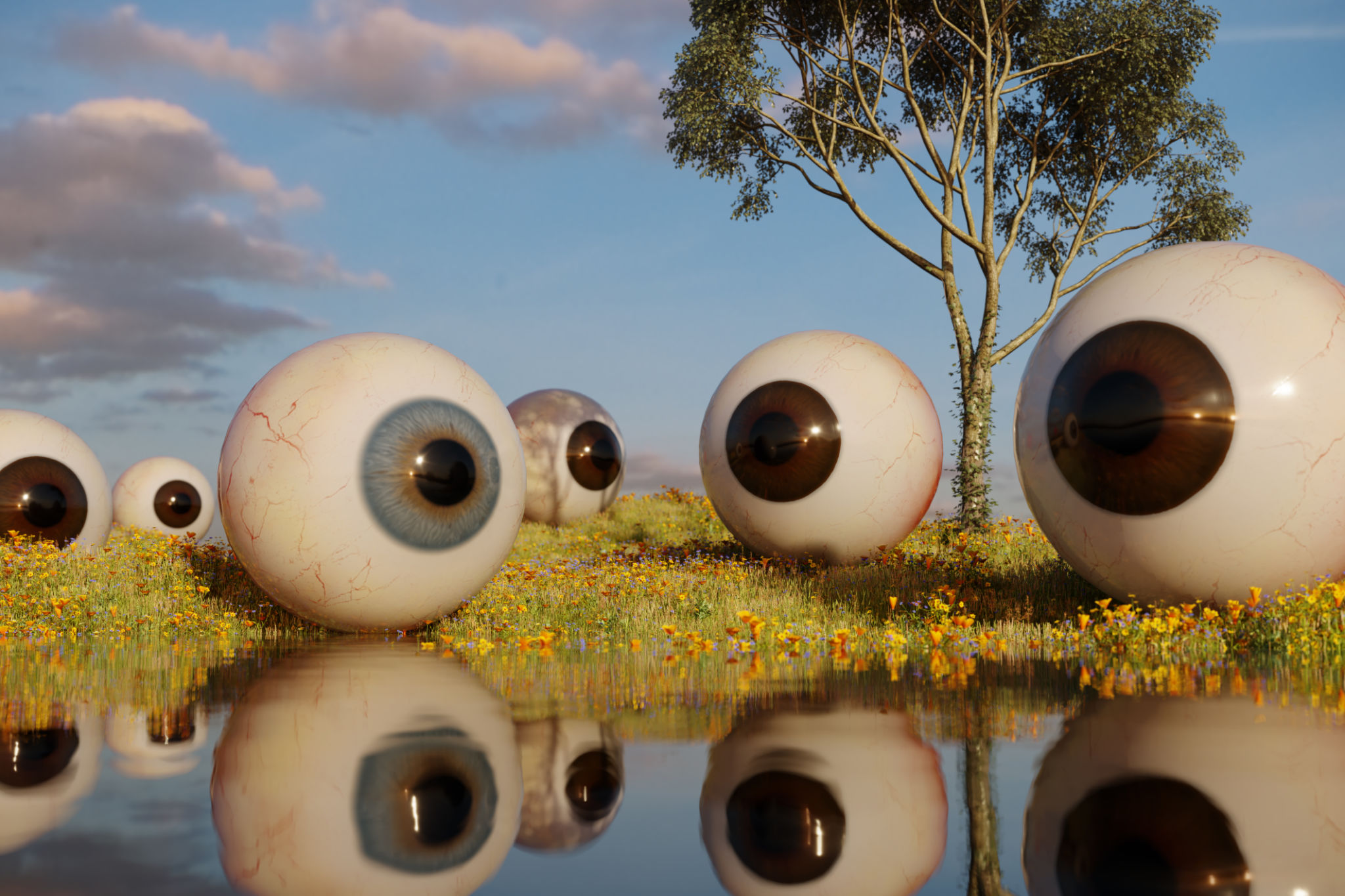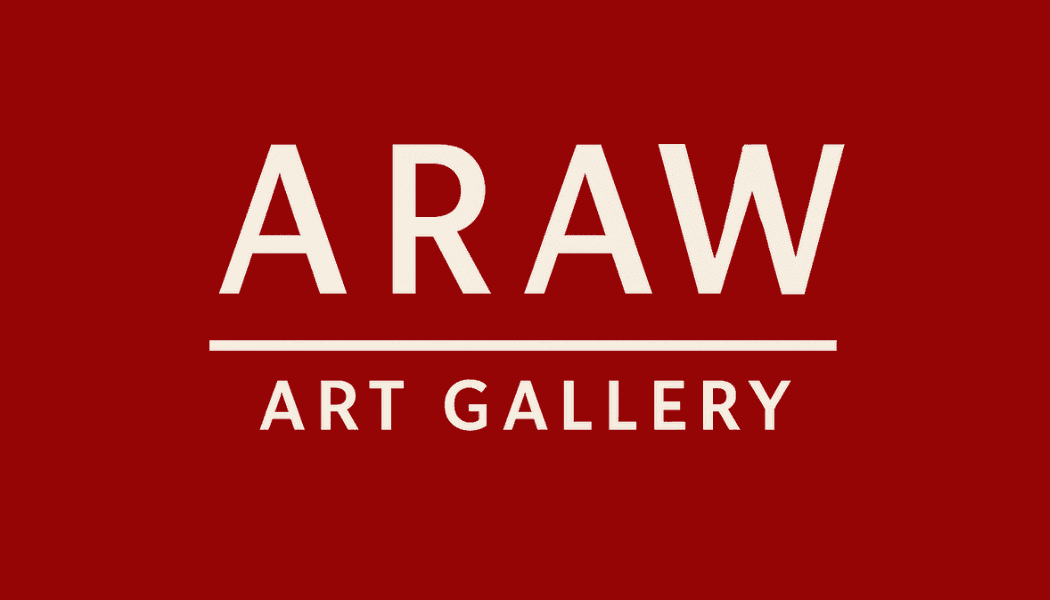The Future of Art Galleries in the Digital Age
The Intersection of Tradition and Technology
As we delve deeper into the digital age, the traditional art gallery is undergoing a fascinating transformation. The integration of technology into art spaces is not only reshaping how art is displayed but also how it is perceived and interacted with by audiences. This evolution is driven by a desire to make art more accessible and engaging, opening new avenues for artists and gallery owners alike.
One of the most significant changes is the emergence of virtual galleries. These online platforms allow art enthusiasts to explore collections from the comfort of their homes, breaking down geographical barriers and democratizing access to art. Virtual tours and exhibitions provide a unique, immersive experience, often enhanced with interactive elements that traditional galleries cannot offer.

New Opportunities for Artists
The digital revolution offers artists unprecedented opportunities to showcase their work to a global audience. Online platforms and social media channels provide artists with the tools to reach potential buyers directly, bypassing the traditional gatekeepers of the art world. This shift empowers artists to take control of their careers and expand their reach significantly.
Additionally, technologies like augmented reality (AR) and virtual reality (VR) are being harnessed by artists to create immersive experiences that challenge traditional notions of art. These technologies allow for innovative storytelling and engagement, providing viewers with a new perspective on creativity and artistic expression.
Challenges and Considerations
Despite the advantages, the digital transformation of art galleries is not without its challenges. One major concern is the preservation of the authenticity and integrity of artworks in a digital format. Ensuring that digital replicas or virtual experiences do not detract from the original work's value is crucial for maintaining trust in the art market.

Moreover, the rise of digital platforms necessitates a reevaluation of copyright and intellectual property rights for artists. Navigating these legal complexities is vital for protecting artists' interests in an increasingly digital landscape.
A Hybrid Future
As we look to the future, it is clear that a hybrid model will likely emerge where physical and digital experiences coexist. Traditional galleries are beginning to incorporate digital elements into their exhibitions, offering augmented reality experiences or interactive digital installations alongside physical artworks. This combination enhances visitor engagement and provides a more comprehensive understanding of the art on display.

The future of art galleries in the digital age is promising, with technology offering new ways to experience and appreciate art. As both artists and galleries adapt to these changes, they will continue to find innovative ways to connect with audiences worldwide, ensuring that art remains a vital part of our cultural landscape.
